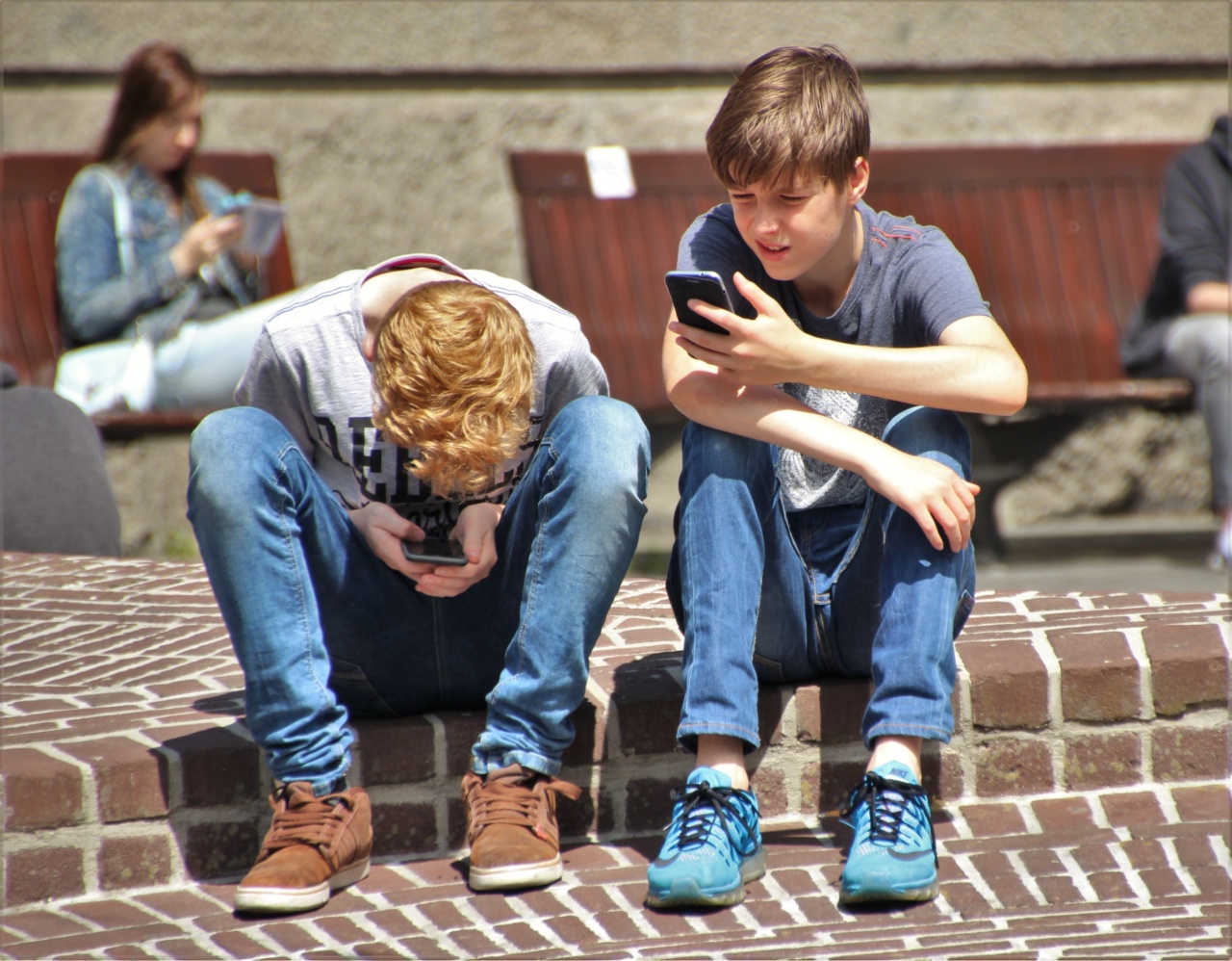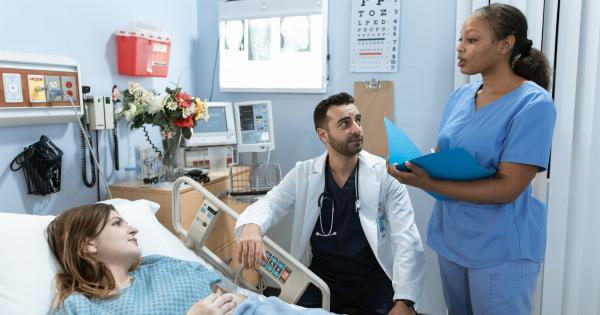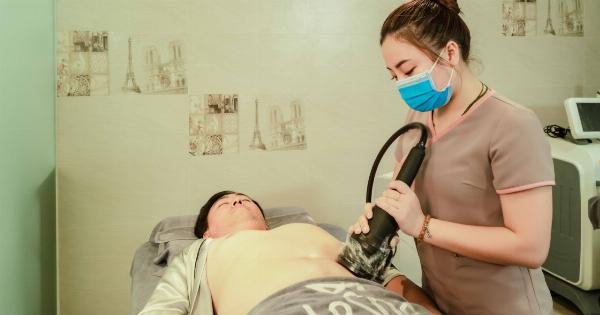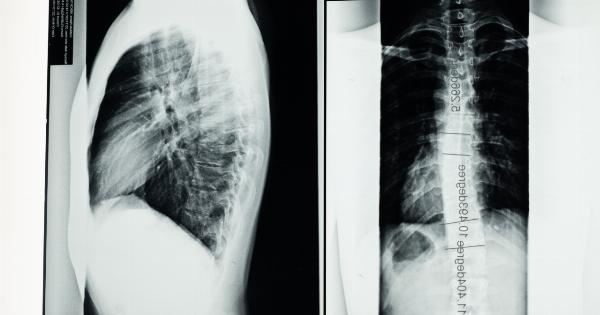Scoliosis is a condition where the spine curves or twists abnormally. It can affect anyone, but it is most commonly seen in children and teenagers.
In fact, scoliosis affects about 3% of the population, or approximately 7 million individuals in the United States alone. In this article, we will help you understand scoliosis in children and teens, its causes, symptoms, treatment options, and preventive measures.
What Causes Scoliosis?
There are several types of scoliosis, and the cause of the condition varies depending on the type.
Idiopathic scoliosis:
This type of scoliosis is the most common and its cause is unknown. It can occur in children and teenagers and is more prevalent in girls than boys.
Idiopathic scoliosis can be classified into three categories: infantile (0-3 years old), juvenile (3-10 years old), and adolescent (10-18 years old).
Neuromuscular scoliosis:
This type of scoliosis is caused by conditions or disorders that affect the nerves and muscles, such as muscular dystrophy, cerebral palsy, or spinal cord injuries.
Congenital scoliosis:
This type of scoliosis is caused by a problem with the development of the spine before birth.
Symptoms of Scoliosis
Individuals with scoliosis may not experience any symptoms, especially in the early stages. However, as the curvature of the spine progresses, the following symptoms may occur:.
- Uneven shoulders or hips
- Uneven waist or rib cage
- Prominent shoulder blade or rib
- Back pain
- Fatigue and decreased endurance
How Is Scoliosis Diagnosed?
The diagnosis of scoliosis requires a physical examination and imaging tests. During the physical examination, the doctor will look for any visible signs of scoliosis and may ask the patient to bend forward while standing to check for spine curvature.
Imaging tests, such as X-rays and CT scans, will show the degree and pattern of the curvature.
Treatment Options for Scoliosis
The treatment for scoliosis depends on the type and severity of the condition. In mild cases, the doctor may recommend monitoring the curvature with regular check-ups. In moderate to severe cases, treatment options may include:.
Bracing:
A brace may be prescribed to prevent the progression of the curve. The brace is custom-made for the patient and worn for several hours a day or all day and night, depending on the severity of the curve.
Surgery:
Surgery may be necessary to correct the curvature of the spine in severe cases. The surgery involves the insertion of rods, hooks, and screws to stabilize the spine and correct the curve.
Physical therapy:
Physical therapy may be recommended to improve mobility, strength, and flexibility. Stretching exercises may also help to alleviate back pain.
Preventive Measures for Scoliosis
There is no guaranteed way to prevent scoliosis, but there are some measures that may reduce the risk or prevent the progression of the condition:.
- Regular check-ups: Regular check-ups with the doctor may help to detect scoliosis in its early stages.
- Good posture: Encouraging good posture practices, such as sitting up straight and not slouching, may help to prevent scoliosis.
- Exercise: Physical exercise, such as swimming, walking, or yoga, can help to strengthen the back muscles and prevent the progression of the condition.
Conclusion
Scoliosis is a common condition that affects many children and teenagers. While the cause of scoliosis is not always known, it is a treatable condition.
Early detection and treatment may prevent the progression of the condition and improve the quality of life for individuals with scoliosis.





























